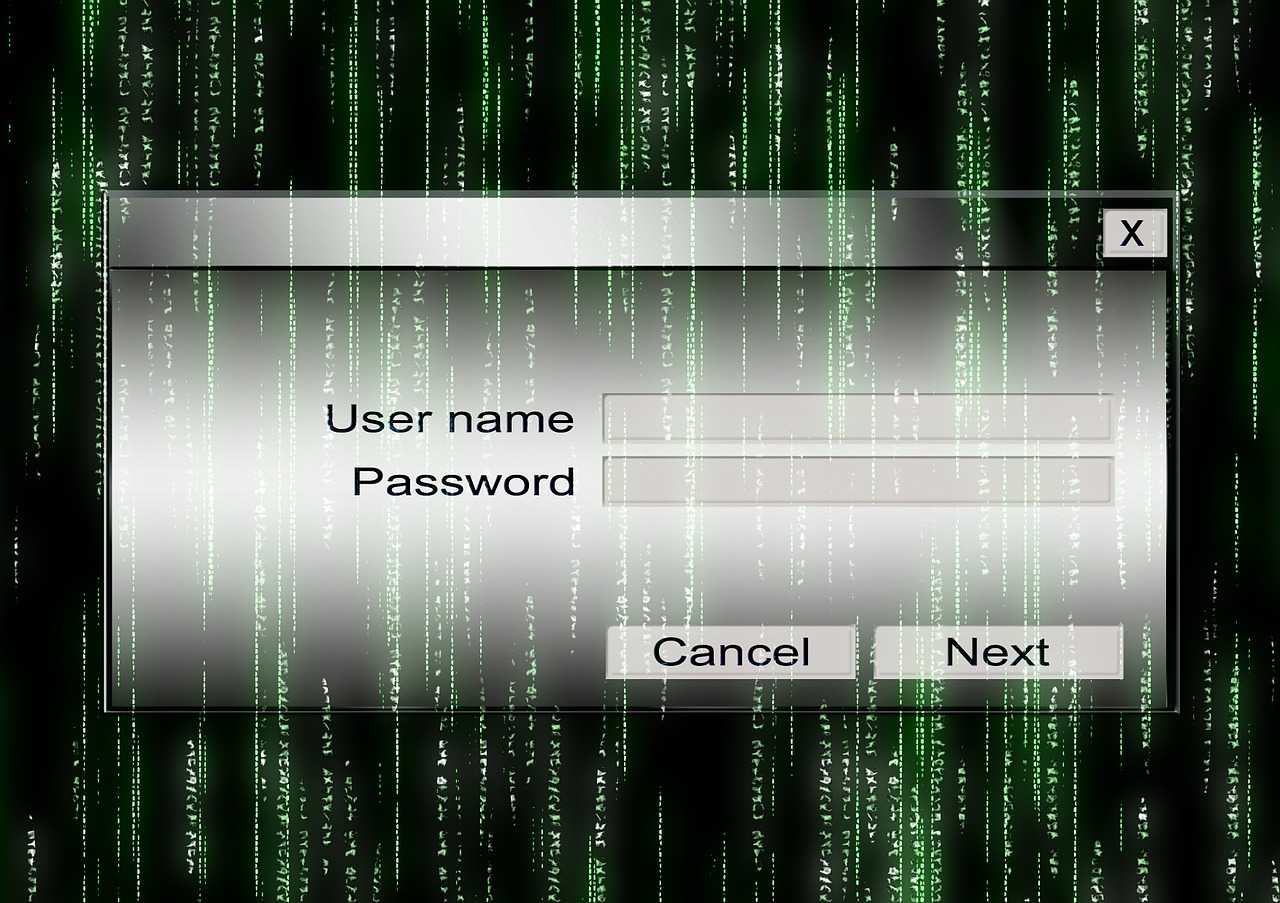When I asked some people about keeping their computers up to date, only 2 out of 10 agreed that it’s very important. The rest of them did not know exactly how to keep everything updated, or with their limited computer knowledge, they just said “Oh, is that an antivirus?” Then I said to myself, “well, I think I must teach these people about computer 101 again”. With that said, the whole intent of this article is to educate everyone the importance of computer security and how to ensure that your computer is well up to date.
Simply put, computer security is the ability of the computer system to protect itself from intruders, viruses, and other vulnerabilities. It also paves the way for the overall improvement of the computer’s performance. Hence, a computer loaded with up-to-date software runs more stable, reliable, and can adapt to any drastic changes within the system.
Before you consider keeping your computer up-to-date, bear in mind that it may either improve or decrease the overall computer’s performance, depending on the hardware specifications. A computer user must ensure that his/her machine has adequate RAM, hard disk space, and processor speed. After all, any software developer will tell you of the system requirements of any software, thus, you must put the computer’s hardware aspect into consideration. Either you may upgrade/replace some important computer parts, (e.g. RAM chip, processor, hard drive), or leave it as is and just strip your computer down to size.
Having learned the above-mentioned conditions, and granted that your computer is running a genuine operating system and apps (no crack), here are the steps to ensure your computer is up-to-date:
1. Ensure your computer receives Windows Updates every now and then – Unless your computer is running on Windows XP, this step is very important. Windows Update must be working on your computer, for it will ensure that you receive periodic updates from Microsoft. This will also guarantee that you receive security patches for Windows, Microsoft Office, and other Windows-related apps. It also includes driver updates and will download Microsoft Security Essentials (for Windows 7 and Vista) for you if your machine doesn’t have any antivirus installed yet.
2. Make sure that your browsers are up-to-date and have no additional or unnecessary add-ons/toolbars – Browsers include Internet Explorer, Firefox, Google Chrome, Opera, etc. These browsers must be up-to-date, to ensure a smooth browsing experience, and to make sure that they will not be exploited or hijacked. In recent years, several add-ons that were created caused browser slow downs, redirection to garbage sites, and operating system breakdown. In short, aside from keeping your browsers up-to-date, make sure there are no third-party add-ons installed, with the exception of Java, Flash Player, and Silverlight plugins.
3. Antivirus software must be up-to-date – If you are using Norton, McAfee, BitDefender, Kaspersky, etc., make sure your subscription with those security software are still active. The virus definitions/signatures of these programs are subscription-based thus, you may need to shell out some money to keep them up-to-date. Or if you’re just using free ones like Microsoft Security Essentials, just keep it up-to-date. However, bear in mind that the free versions do not offer full protection than those subscription-based ones. Talk about business strategy, but that’s the way it is.
4. Special applications should be up-to-date – If there is an available update for any apps like Photoshop, Sony Vegas, etc., install them. This will certainly improve the performance of these apps, and of course, it will not cause these apps to crash.
To sum it up, keeping things up-to-date will bring a lasting improvement to the computer, for as long as you also ensure that its hardware components can keep up with the changes that you’re going to make. As I mentioned, it will either make your computer faster or slower.
Article written by: Arnold Castillo – Supportrix Tech Engineer

